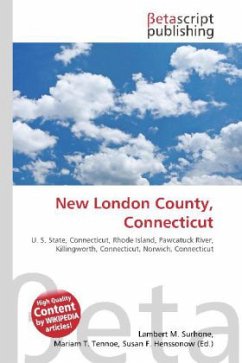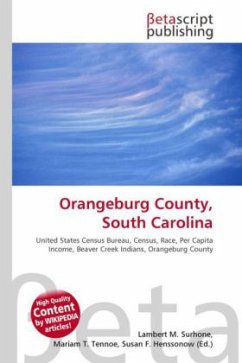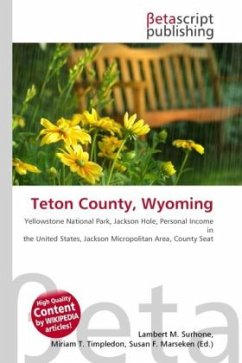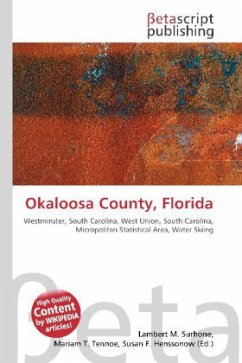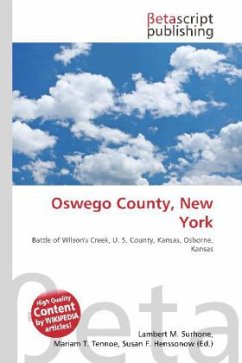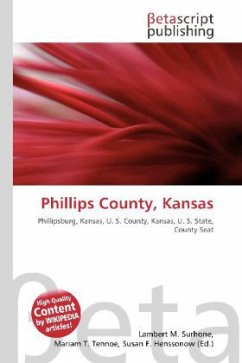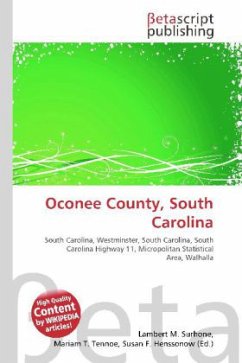Please note that the content of this book primarily consists of articles available from Wikipedia or other free sources online. As established in 1666, New London County consisted of the towns of Stonington, Norwich, New London, and Saybrook. The "Homonoscet Plantation" referred to in the constituting Act was settled in March 1663, at first as Kenilworth but incorporated as the town of Killingworth in 1667.Several new towns were incorporated and added to New London over the next few decades: Preston in 1687, Colchester in 1699, and Lebanon in 1700. The settlements along the Quinebaug Valley were placed under New London jurisdiction in 1697. By 1717, more towns were established in northeastern Connecticut (between the Quinebaug Valley and the Rhode Island border) and added to New London County. In 1726, Windham County was constituted, consisting of towns in northeastern Connecticut. New London County lost the towns of Voluntown, Pomfret, Killingly, Canterbury, Plainfield, and Lebanon to the newly-formed county.

